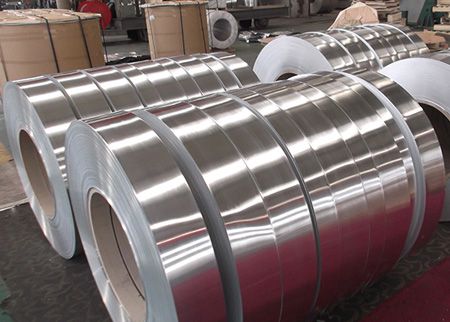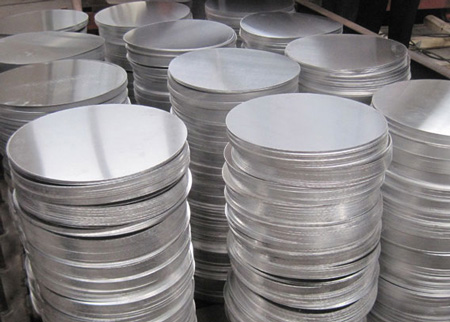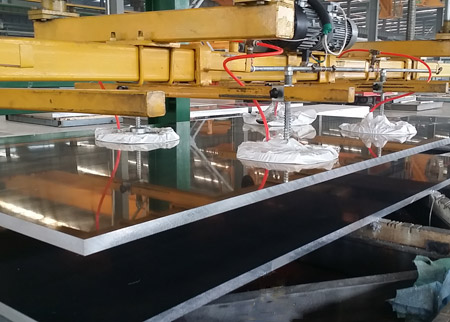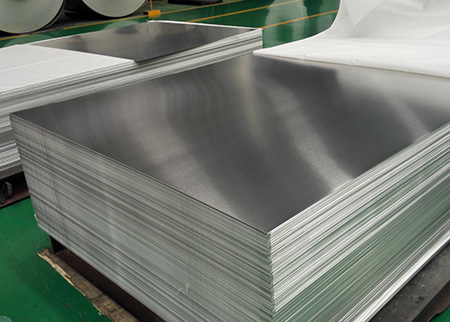



Flexible aluminum strips, characterized by their malleability and adaptability, have found a wide array of applications across various industries. In the electronics sector, these strips serve as essential components in flexible circuits, allowing for intricate designs and space optimization. Their bendable nature makes them invaluable in architectural projects, enabling creative and dynamic forms in construction elements. Automotive applications capitalize on the lightweight and flexible properties of aluminum strips, contributing to enhanced fuel efficiency.

One of the key advantages lies in the material's remarkable pliability, allowing it to conform to different shapes and contours with ease. This flexibility is particularly advantageous in industries where complex and customized designs are essential. The ability of flexible aluminum strips to bend and adapt without compromising structural integrity opens avenues for innovative solutions in product design and manufacturing.
In the realm of sustainable practices, flexible aluminum strips showcase their environmental benefits. The lightweight nature of aluminum contributes to reduced transportation costs and energy consumption, aligning with eco-friendly initiatives. Moreover, aluminum is highly recyclable, further emphasizing its positive environmental impact. The recyclability of flexible aluminum strips supports the circular economy, reducing waste and conserving valuable resources.
The construction industry has embraced the versatility of flexible aluminum strips for their role in modern architectural designs. From curved facades to flexible roofing structures, aluminum strips provide architects and designers with the freedom to explore unconventional and aesthetically pleasing building forms. The combination of strength and flexibility makes these strips ideal for applications where durability and design innovation are paramount.
In the context of consumer electronics, the use of flexible aluminum strips has revolutionized the production of electronic devices. Bendable and lightweight, these strips contribute to the development of flexible screens, wearable technology, and other portable devices. The integration of flexible aluminum in electronic components reflects advancements in materials science and engineering.
In conclusion, flexible aluminum strips stand as a testament to innovation across industries, driven by their adaptability, lightweight nature, and environmental advantages. As technology continues to evolve, the versatility of flexible aluminum strips will likely inspire further breakthroughs in design, manufacturing, and sustainability, shaping a future where flexibility and functionality seamlessly coexist.
* Thank you for your inquiry. Please provide your business needs information so that we can better serve you.
This information can help us assign the most suitable person to solve your problem. We will give you feedback within 1-2 working days.
Related Blog







